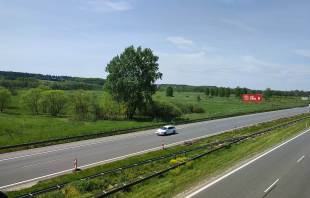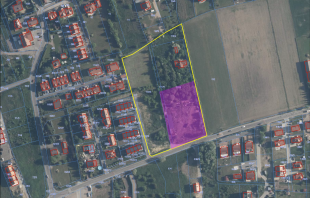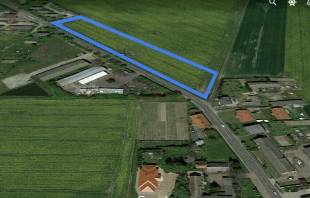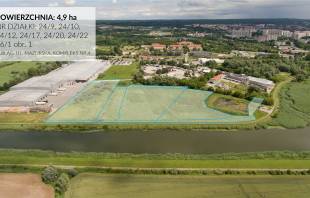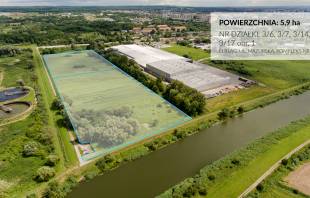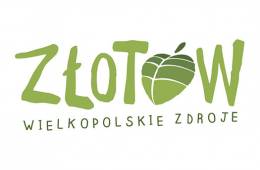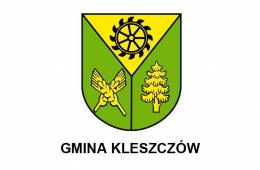The statistics speak for themselves – Eastern provinces are catching up with the West in a number of areas. The increase of GDP per capita, increase in employment and decrease in unemployment are one of the clear factors indicating that the macro-region’s potential for further development is higher than ever. The Operational Programme for Eastern Poland assumes that by 2020 as many as five Eastern provinces will receive investments form the government, also within the framework of EU funds. 2 billion Euros will be given for investments, including the implementation of innovation programmes.
The improvement of the socio-economic situation of Eastern Poland is also evidenced by indicators on the level of innovation, entrepreneurship, economic structure, level of education, and availability of communication.
How to connect Poland A with Poland B?
Within 10 years of presence in the EU, in Eastern Poland it was possible to build previously unimaginable infrastructure. The construction of A2 and A4 motorways opened the Eastern region to international communication.
- Investments included domestic, regional and local routes, improving the road network - says Krzysztof Andrulewicz, the President of the Board at Skanska. At the end of 2014, public roads in Eastern Poland were 15.7 thousand km longer than in 2008 (about 15%). The fastest growth took place in the years 2008-2011, when almost 13 thousand km of roads were constructed. The Podkarpackie Province achived the best result in the country in terms of upgraded or built roads. Their length amounted to approx. 14 thousand km – adds Krzysztof Andrulewicz.
For the past few years, Skanska performed a variety of infrastructure investments in the Eastern provinces, such as, reconstruction of the national road no. 4 between Pilzno and Ropczyce, which cost 243 million PLN net, or reconstruction of the provincial road no. 855. Apart from transport infrastructure, internet infrastructure is developing rapidly, which often determines the chances of personal development or work. The inhabitants of Eastern regions have a wider and better access to the Internet. Increase in its availability is the fastest in the country. In 2014, 73.6% of households were on-line (in comparison, only 63.2% in 2011).
The young want to stay
Although economic migration is still common, it should be noted that the improvement of the situation on the labour market gives hope for slowing down or even stopping migration processes in the next decade. This can be seen in the statistics on the growth of employment, as well as salary levels or decline of unemployment. Also the analysis of changes in the gross remuneration rate for the period 2009-2013 shows that some Eastern provinces are at the forefront of provinces with the highest growth! For example, the average gross wage in the business sector in Lublin Province increased by 24%, and in Podkarpackie Province by 21%. Also the proportion of persons employed in the service sector increased significantly in the macro-region. The sector of modern business services best illustrates the dynamic development of the Polish cities. This applies not only to major cities. According to Marek Grodziński, Director of the European Network of Business Centres Capegemini, we should remember that, in comparison with other Central European countries, Poland is the only one that offers 11 locations with populations exceeding 300 thousand, extensive human resources and office resources. Therefore, urban centres are slowly beginning to compete for sector investments. From the point of view of the development of regions, it is a very positive trend.
- From the point of view of the development of regions, it is a very positive trend. As research indicates, for every 1000 employees of business centres there are about 265 positions in their immediate surroundings. In addition, investments in the sector are a boost to the development of infrastructure facilities, among others, in the form of modern office space – adds Mark Grodziński.
The income situation of that part of Poland is very dynamic. Increase in income attributable to one person (data from years 2007-2014) in two out of five provinces of Eastern Poland ranks at the national forefront. These results are pleasing – after all, the greatest value of the region are its people. As research indicates, the proportion of people with higher education in the Eastern region is one of the highest in the country, and Eastern provinces were at the forefront of this ranking. Lublin Province ranked second with a score of 24.7% (after Mazowieckie – 33.5%), and Podlaskie Province ranked fifth with a score of 23.7%. According to data of the portal BIQdata.pl, vocational schools are more attractive to young people from the Western provinces, while in the East, more young people decide to undertake studies. According to experts, this is due to the type of investments prevailing in the regions. In the East, there are less industrial investments, hence lower demand for specialized workers. According to the PCG Edukacja expert, Dr. Ewa Stożek, this thesis is also confirmed by the noticeable difference in the results of high-school exams between schools and vocationally-oriented schools. Examination indicators for the years 2013-2015 show that graduates of high-schools from Western provinces achieve higher scores than graduates of high-schools from Western provinces, while in the case of vocational schools, graduates from Western provinces achieve higher scores.
100% of norm? Much more!
In recent years, we have seen an increase in investment expenditures of the national economy. In 2013, we spent 38.31 billion zlotys on Eastern regions, which represented 16.2% of total investments in the country. Are these results proportional? If you accept the statistics on population, approximately 8.2 million people live in the Eastern Poland, which represents 21/25% of the country’s population, so there is still much to be done. And much is being done. In the years 2004-2013, investment expenditures more than doubled in the Eastern macro-region. This applies mainly to research and development activities.
In relation to expenditures in 2009, in 2013 Podkarpackie Province recorded an increase of 319.95%, becoming the leader in the country, and Podlaskie Province
recorded an increase of 208.75% (3rd in the country), with the average increase for the country of 59.03%. Warmińsko-Mazurskie Province with an increase of 39.83% ranked in the 10th position, and Lublin Province in the 12th position
Be eco-friendly in the East
Are Polish Eastern provinces eco-friendly? Indeed, they are. They have some of the highest shares of renewable energy in electricity production in comparison to the rest of provinces (including Western provinces). In 2013, Podlaskie Province and Warmińsko-Mazurskie Province were the leaders of this ranking, with 72.3% share of renewable energy in total energy production. Renewable energy is cheap, friendly to us and the environment. So is increasingly popular cycling. Cycling paths are becoming an integral part of the landscape, and we saw a crop of those in the years 2011-2014. The largest number of kilometres of cycling paths are in Lublin Province (425.4 km). Podkarpackie Province within 4 years doubled the number of kilometres of cycling paths (increase of 98%), whereas in Podlaskie Province and Warmińsko-Mazurskie this value increased respectively by 82% and 79%. Expanded network of cycling paths is an opportunity not only for the inhabitants, it is not only a more healthy and safer alternative of communication, but also part of the project “Cycling Routes in Eastern Poland”, which assumes the development of a... 2000 km long cycling path. It will pass though Lublin Province, Podkarpackie Province, Podlaskie Province, Świętokrzyskie Province and Warmińsko-Mazurskie Province. Its goal is to revive tourism in the area and to improve the economic situation of Eastern regions. It is a novelty on the tourism market. Something like that has never happened before.
(fot. materiał prasowy)





















